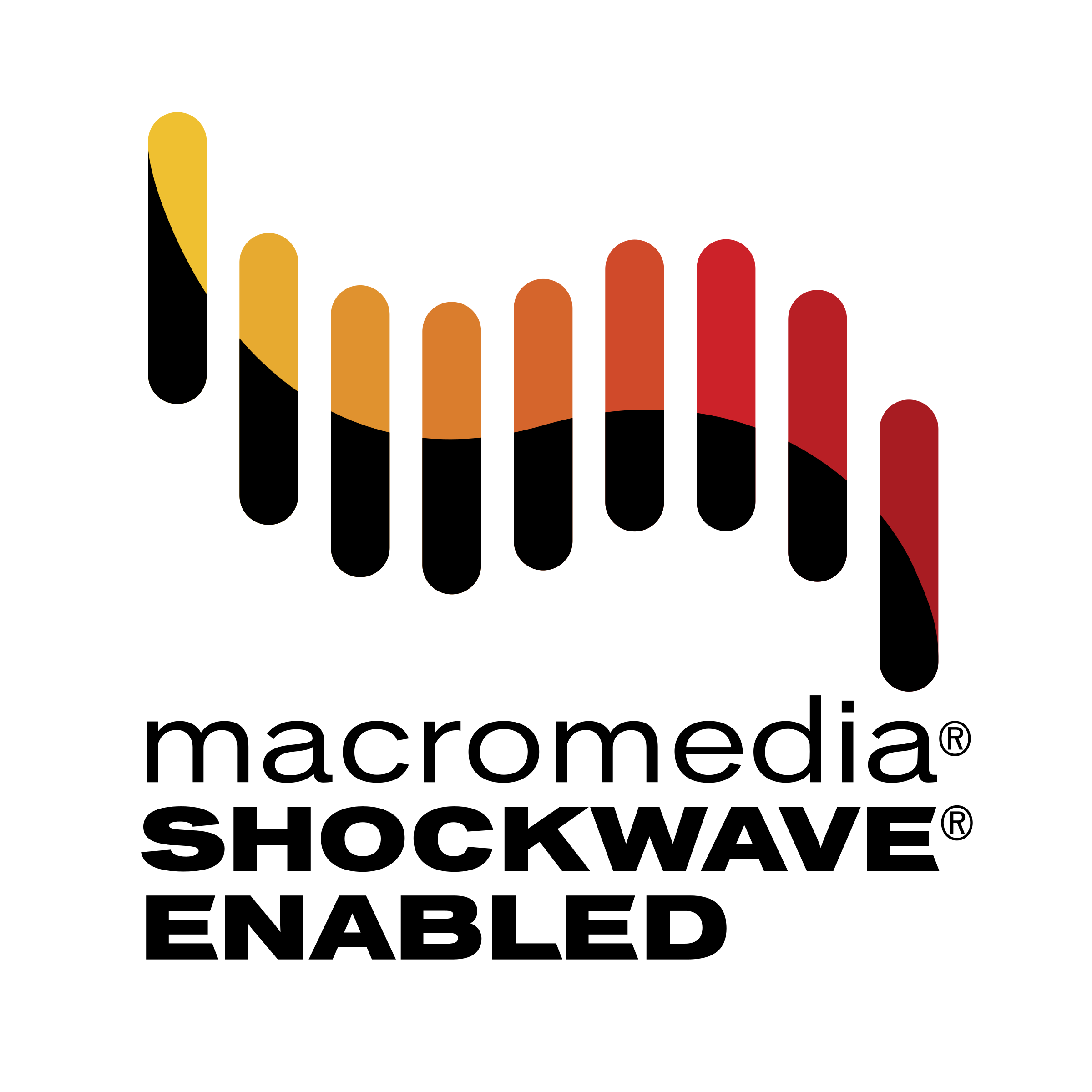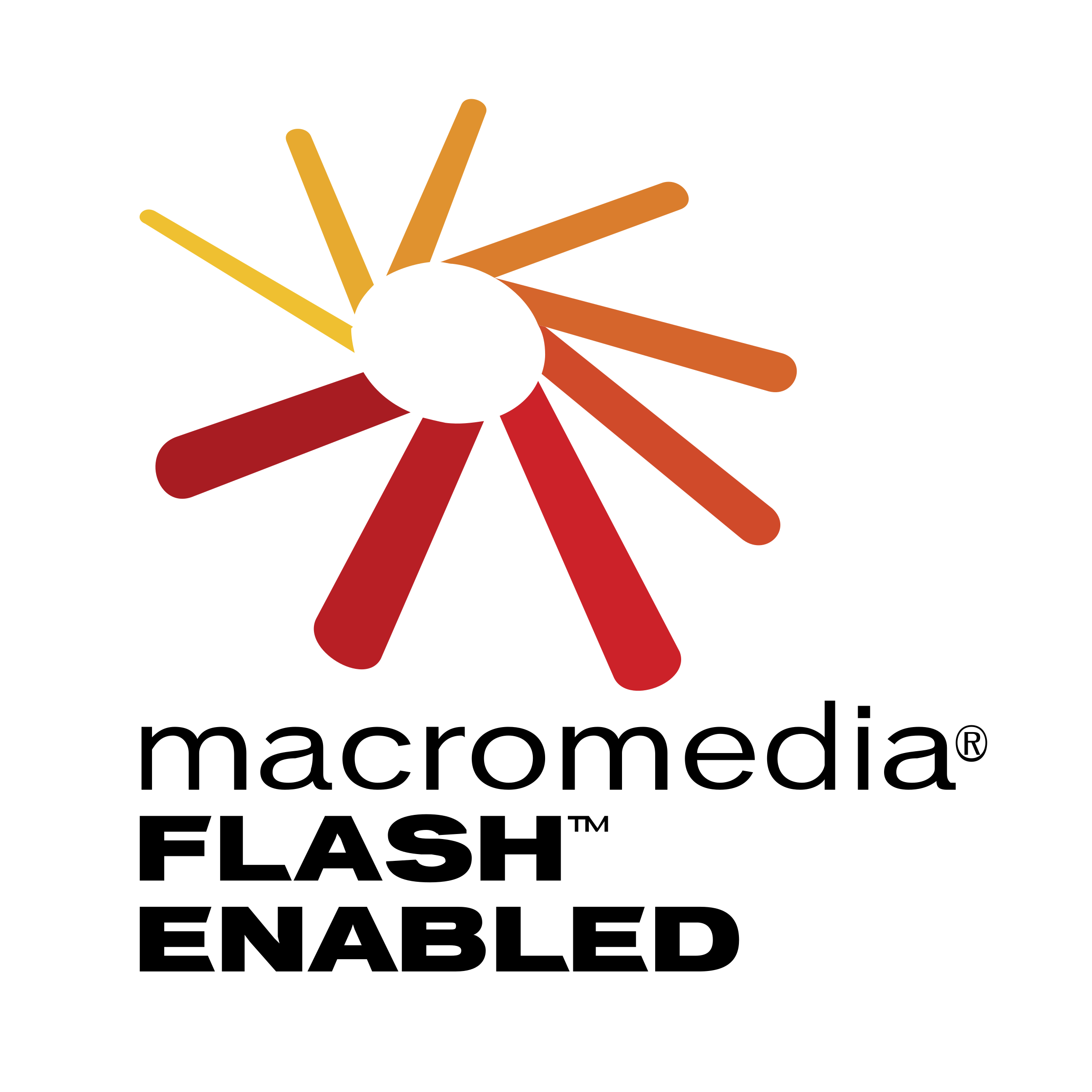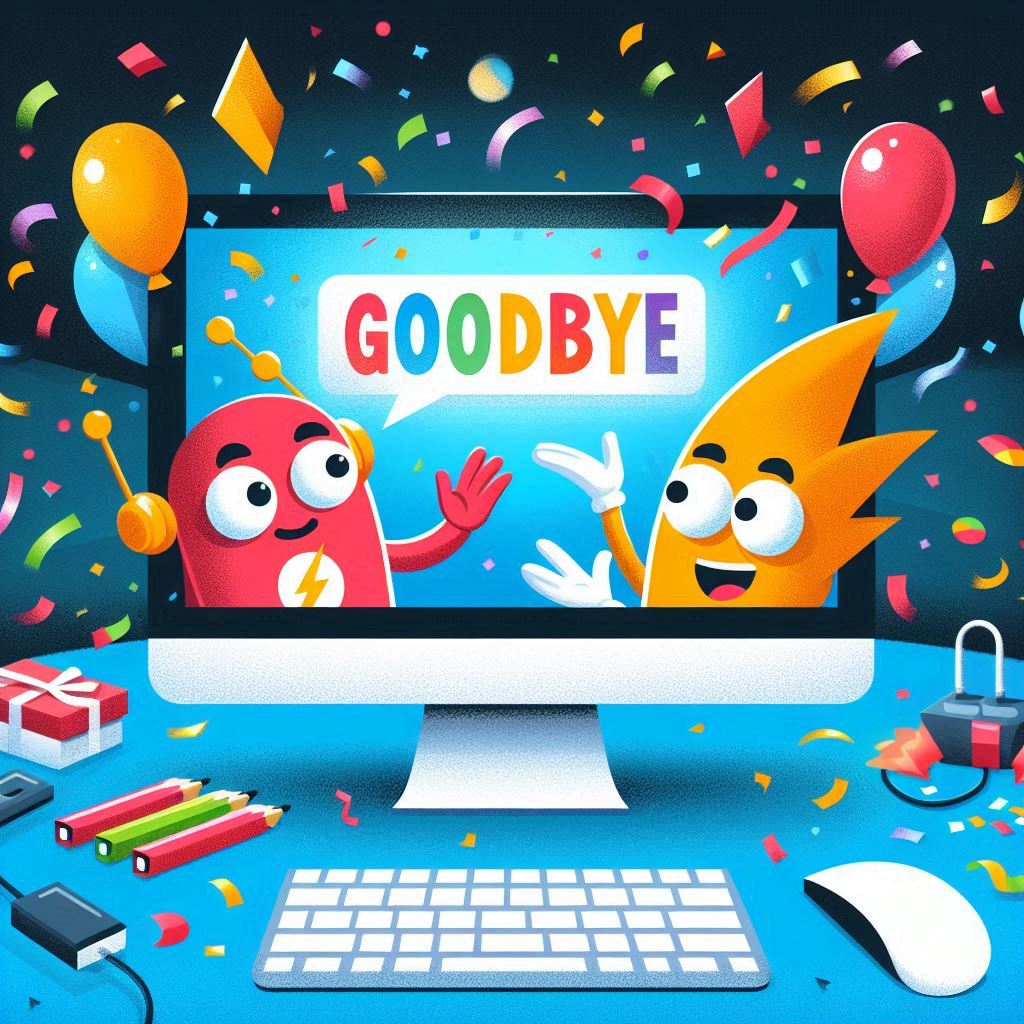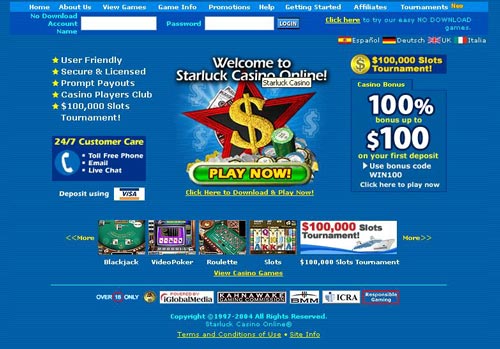Physical Address
304 North Cardinal St.
Dorchester Center, MA 02124
Physical Address
304 North Cardinal St.
Dorchester Center, MA 02124

So far, we’ve chatted about download and Java applets. Both of which were not optimal. But then the solution to the problems seemed to arrive. Along came Macromedia with Shockwave and Flash.
Founded in 1992, Macromedia’s first big product was called Macromedia Director, which allowed developers to create interactive media and early web content.
In 1995, Shockwave was developed as a way to bring Director’s content to web browsers. It allowed users to play interactive games, animations, and multimedia applications without downloading standalone software.
So, a developer would create a game in Macromedia Director, using Lingo, Director’s scripting language. Then they would add graphics, animations, and interactivity within Director’s timeline and scripting system.
At the end of the process, an export of the project would result in a Shockwave (.DCR) file, which could be hosted on a web server and embedded in a webpage.
Shockwave was a client-side technology, and it needed to interact with a backend server to authenticate logins, accept bets and all sorts of communications. It did this by using straightforward HTTP requests (GET, POST etc) but could also handle TCP Sockets for real-time games.
Fantastic. So a game developers has the tools they need. But things were moving fast…

In 1996 Macromedia acquired FutureSplash Animator (probably a competitor) with a lightweight vector animation tool. Rebranded as Macromedia Flash, it would later dominate web animations and gaming.
So, Shockwave (for Director content) and Flash (for animations) became essential plugins for websites, games and online casinos.
However, Flash was simpler and faster than Shockwave, leading to its dominance. In 2002, Flash introduced ActionScript, making it complete.

Ultimately, both products completely died out from the market.
The beginning of the end was in 2007 when Apple refused to support Flash on their hotcake smartphones and tablets. And finally, in 2010, HTML5 came along )with its <canvas> object and powerful Javascript) which has made Flash redundant for web-based multimedia.
Support for Flash was discontinued by the then owners, Adobe, in 2020.

Starluck.com
Meanwhile, back in 1998, live video streaming became available. RealPlayer became a popular media player and was used to stream live video, and that can include casino tables. Alongside a video of a live table, bets could be accepted using HTML forms. Player balances, game logs were displayed and kept up to date with frequent page or <iframe> refreshes.
Starluck.com is credited as one the first online casinos to offer live gaming. From 1999, Starluck.com are reputed to have used an unknown source of online casino software but soon decided to develop their own software after some trust issues.

Ruth Parasol – (LinkedIn)
The owner of Starluck.com was the engaging Ruth Parasol, who knew a thing or two. Her journey would not be easy, but she would end up as one of the world’s richest women.
Having gained a Law and a Business Degree, Ruth would excel in the world of remote services. Initially involved with dodgy phone stuff, she gained a mastery of online marketing along with online payment methods. Then she decided to apply her skills to the world of online gambling.
After opening a string of online casino sites under the company iGlobalMedia, she would form Party Gaming and, in 2001, launch Party Poker – which quickly became one of the most popular online poker platforms.
Ruth once told me that she developed the P2P poker software from scratch with a team of hundreds of programmers in Hydrabad I think it was. It was no easy or cheap task. She risked everything and it took way too long. It was not always clear that she would ultimately succeed. However, succeed she did. Party Poker was to be a huge success.

Later on, in 2005, Party Gaming went public on the London Stock Exchange valued at $8.5 billion, which made everyone involved ridiculously rich – the shares that were sold to investors were not newly minted, but were owned by the original shareholders. of which, they had many.
The share price rocketed for a while. But, as we know, all good things come to an end. The passing of UIGEA in 2006 caused them to retreat from the US market which led to a massive decline in its value – 60% in 24 hours.
Despite the setback, Party Gaming continued and successfully concentrated on legalized markets. In 2011, Party Gaming merged with BWIN, creating Bwin.Party, which was later acquired by GVC Holdings (now Entain) in 2016.
As for Ruth, she impressively ended up with something north of $1.5 billion.
Party Gaming was famed for their advertising